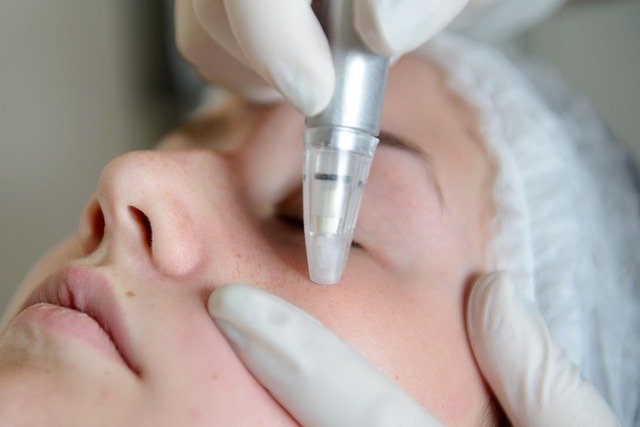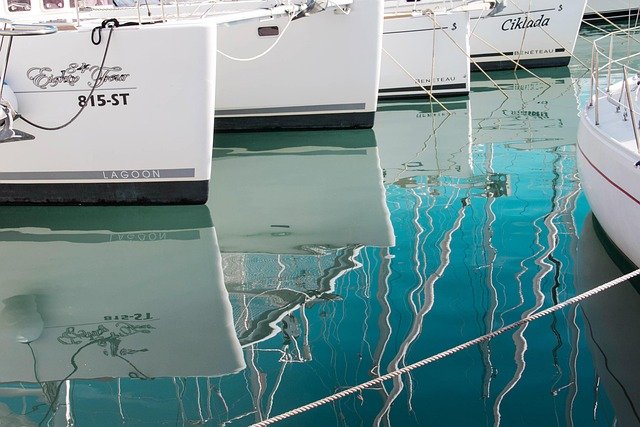Understanding CO2 Laser Skin Treatment: A Complete Guide
CO2 laser skin treatment has become a widely recognized option for addressing various skin concerns, from wrinkles and scars to sun damage and uneven texture. This advanced dermatological procedure uses targeted light energy to resurface the skin, promoting collagen production and revealing smoother, more youthful-looking skin. Understanding how this treatment works, its benefits, available types, and associated costs can help you make an informed decision about whether it's the right choice for your skincare needs.

CO2 laser treatment represents a significant advancement in cosmetic dermatology, offering solutions for individuals seeking to improve their skin’s appearance without invasive surgery. This procedure has evolved considerably over the years, with modern technology providing safer and more effective options than ever before. Whether you’re dealing with aging signs, acne scars, or pigmentation issues, CO2 laser treatment may offer the results you’re looking for.
This article is for informational purposes only and should not be considered medical advice. Please consult a qualified healthcare professional for personalized guidance and treatment.
How Does CO2 Laser Treatment Work?
CO2 laser treatment operates by emitting concentrated beams of light energy that target water molecules within skin cells. The laser creates controlled micro-injuries to the skin’s surface, which triggers the body’s natural healing response. This process removes damaged outer layers of skin while simultaneously heating the underlying dermis, stimulating collagen and elastin production. The result is skin regeneration that appears smoother, firmer, and more even in tone and texture. The precision of CO2 lasers allows dermatologists to adjust the depth and intensity of treatment based on individual skin concerns and desired outcomes. During the procedure, the laser vaporizes microscopic columns of tissue, leaving surrounding tissue intact to facilitate faster healing. This fractional approach has made CO2 laser treatment more tolerable with reduced downtime compared to traditional ablative methods.
Benefits of CO2 Laser Treatment
The advantages of CO2 laser treatment extend across multiple skin concerns. One primary benefit is significant reduction in fine lines and wrinkles, particularly around the eyes, mouth, and forehead. The treatment effectively diminishes acne scars, surgical scars, and other textural irregularities by promoting new skin cell growth. Sun damage, age spots, and uneven pigmentation often show marked improvement following treatment. Additionally, CO2 laser procedures can tighten loose skin, reduce pore size, and improve overall skin tone and clarity. Many patients report enhanced self-confidence as their skin takes on a more youthful, refreshed appearance. The collagen-stimulating effects continue for months after treatment, meaning results improve over time. Unlike some cosmetic procedures that require repeated sessions indefinitely, CO2 laser treatment can provide long-lasting results with proper skincare maintenance.
Types of CO2 Laser Treatment
CO2 laser technology has diversified into several treatment types, each suited to different needs and tolerance levels. Traditional ablative CO2 lasers remove the entire outer layer of skin in the treated area, providing dramatic results but requiring longer recovery periods. Fractional CO2 lasers represent a more modern approach, treating only a fraction of the skin’s surface while leaving surrounding tissue untouched. This fractional method reduces healing time and minimizes complications while still delivering impressive results. Ultrapulse CO2 lasers deliver energy in short, high-powered bursts, allowing for precise control and reduced thermal damage to surrounding tissue. Some systems combine CO2 technology with other wavelengths or treatment modalities for enhanced results. Your dermatologist will recommend the most appropriate type based on your skin type, concerns, treatment goals, and tolerance for downtime.
Costs of CO2 Laser Treatment
The financial investment for CO2 laser treatment varies considerably based on multiple factors including geographic location, provider expertise, treatment area size, and the specific type of laser used. Understanding the cost structure helps in planning and budgeting for this cosmetic procedure.
| Provider Type | Treatment Area | Cost Estimation |
|---|---|---|
| Dermatology Clinic | Full Face | $2,000 - $4,000 |
| Medical Spa | Partial Face | $1,000 - $2,500 |
| Plastic Surgery Center | Full Face + Neck | $3,500 - $6,000 |
| Dermatology Clinic | Small Area (around eyes) | $500 - $1,500 |
| Medical Spa | Hands or Chest | $800 - $2,000 |
Prices, rates, or cost estimates mentioned in this article are based on the latest available information but may change over time. Independent research is advised before making financial decisions.
Several elements influence the final cost of CO2 laser treatment. The provider’s experience and credentials typically correlate with higher fees, though expertise often translates to better outcomes and fewer complications. Geographic location plays a significant role, with urban areas and regions with higher living costs generally charging more. The extent of treatment required affects pricing, as larger areas or more severe skin concerns demand more time and resources. Some practices offer package deals for multiple treatment areas or follow-up sessions. Additional costs may include pre-treatment consultations, post-treatment skincare products, and follow-up appointments. Insurance typically does not cover cosmetic CO2 laser procedures, though treatments for certain medical conditions like precancerous lesions may qualify for coverage.
What to Expect During Recovery
Recovery from CO2 laser treatment varies depending on the treatment intensity and individual healing capacity. Immediately following the procedure, treated skin appears red and may feel similar to a sunburn. Swelling typically peaks within the first 48 hours and gradually subsides over the following week. The skin will begin to peel and flake as new skin cells emerge, usually starting around day three to five. Most patients can return to work and normal activities within one to two weeks, though complete healing may take several weeks to months. During recovery, strict sun protection is essential, as newly treated skin is particularly vulnerable to UV damage. Following your provider’s aftercare instructions carefully ensures optimal results and minimizes the risk of complications such as infection or hyperpigmentation.
Conclusion
CO2 laser treatment offers a powerful solution for individuals seeking to address various skin concerns through advanced dermatological technology. By understanding how the treatment works, recognizing its benefits, familiarizing yourself with available types, and preparing for associated costs, you can approach this decision with confidence and realistic expectations. While the investment in both time and money is significant, many find the results well worth the commitment. Consulting with a qualified dermatologist or cosmetic surgeon will provide personalized insights into whether CO2 laser treatment aligns with your skincare goals and medical history.




